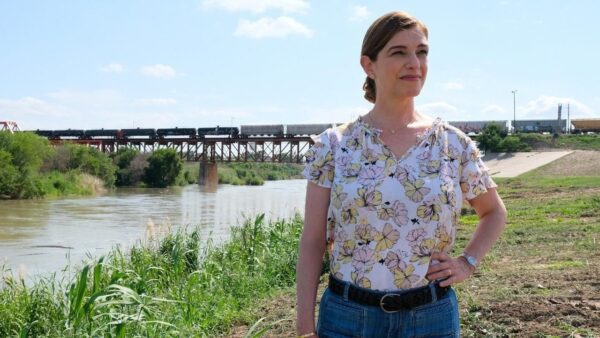
How to promote journaling as a productive practice
Feb. 21, 2023
In the midst of a tech-heavy world, it is important to take some time to pick up a pencil.
As a teacher and blogger, typing down my thoughts and feelings is more comfortable and quick, but let’s take a moment to think of the power of your actual handwriting on paper. It allows for the flow of thoughts, leaves more of your essence and allows you to take a break from busy digital screens.
Here’s why journaling is more than a pastime and how it can become a productive part of your lifestyle and classroom culture.
No rules!
At its core, journaling is the jotting down of feelings and experiences on a piece of paper. There is not one specific way to do it though which allows for great amounts of creativity. Developing a journaling habit that works for you can help you vent, work through emotions and even help you reflect. And there’s no wrong way to do it!
No age limit
Journaling can begin at any age, and it can be differentiated in many ways in the classroom, too. For example, my 5 year old journals in her kindergarten classroom and typically writes down one sentence with a very detailed drawing. At her age, the drawings are what really bring the journaling to life, since they are barely learning how to spell and write.
In my third grade classroom, I am able to display a prompt on a screen and let my students write for 10 minutes or as much as they can on a topic. The rubric is very basic; to stay on topic while capitalizing and punctuating correctly. Drawings are minimal but are encouraged if they finish before the timer is over. Again, this can all be adapted in an educational setting based on age and ability.
No barrier to entry
Getting started is simple because journaling requires only pencil and paper. At home, journaling can be a fun way to allow our children (and ourselves) to document things that bring us joy and also express our feelings and challenges.
In addition, journaling can spark some integral conversations no matter the age or how you may want to practice it.
What are other ways you can see yourself promoting journaling at home or in the classroom? Let us know at @ArizonaEducator on Twitter or Arizona PBS KIDS on Facebook!
About the author

Marissa Will is the mother of two, Olivia (6) and Logan (4). Writing was her first passion: she’s a freelance writer and a Walter Cronkite School of Journalism and Mass Communication alumna. Will is currently educating the future leaders of tomorrow: She has spent the past nine years educating third grade with a master’s degree in elementary education from Northern Arizona University-Yuma.























